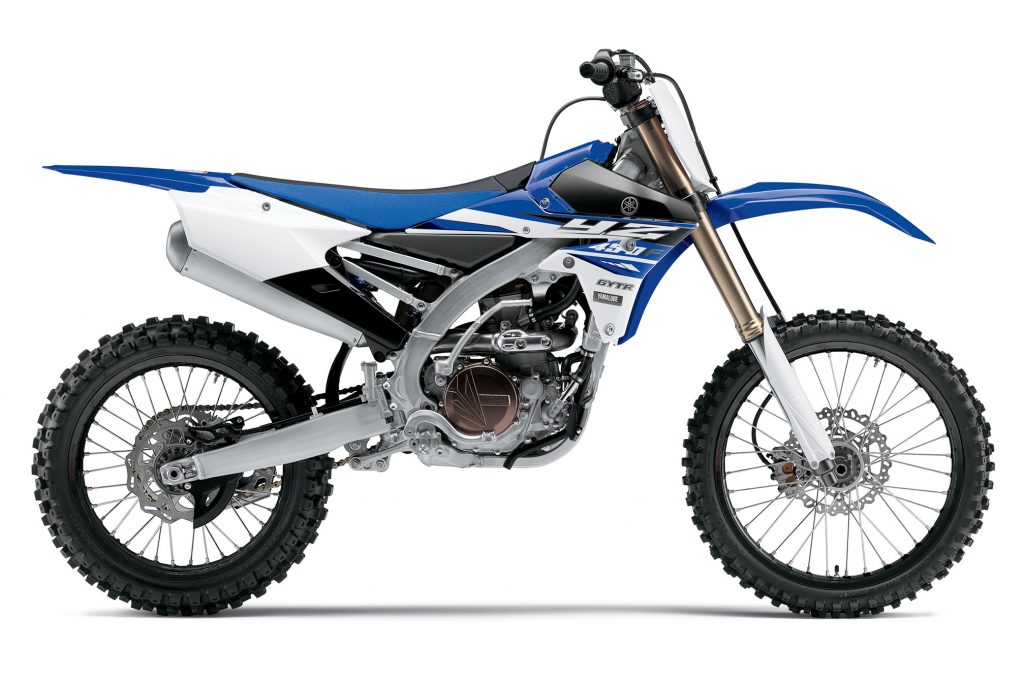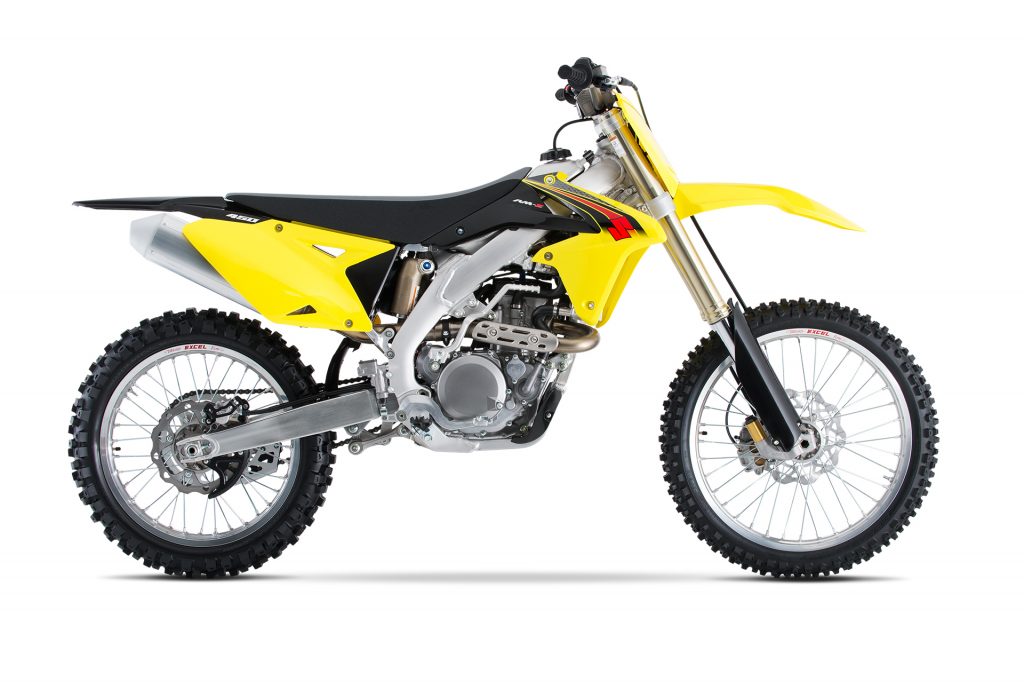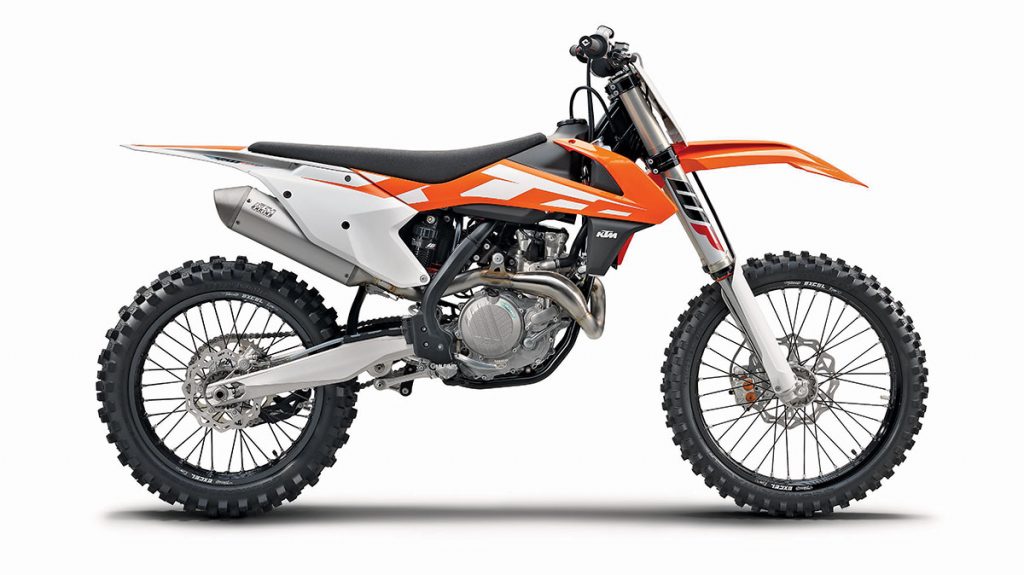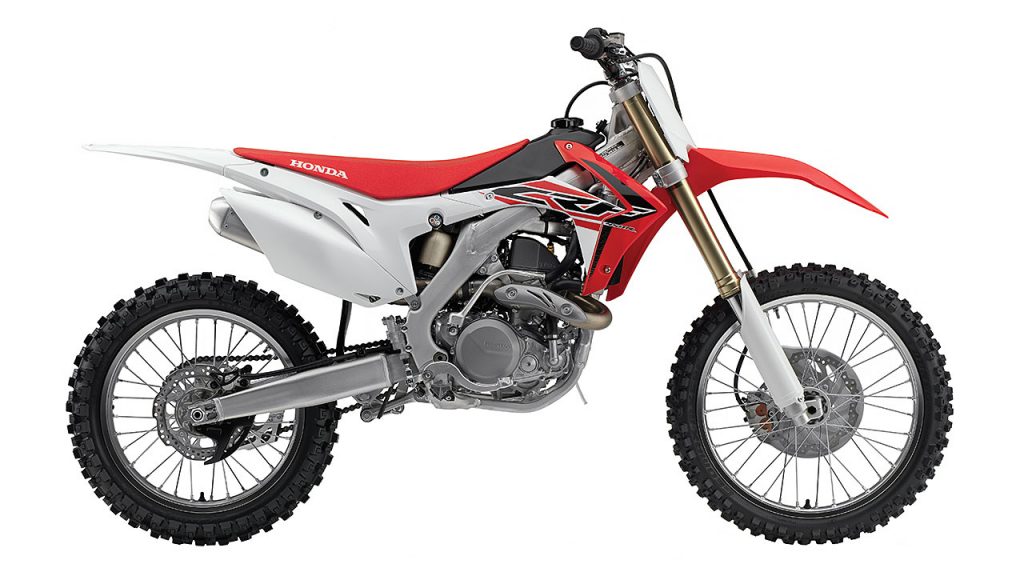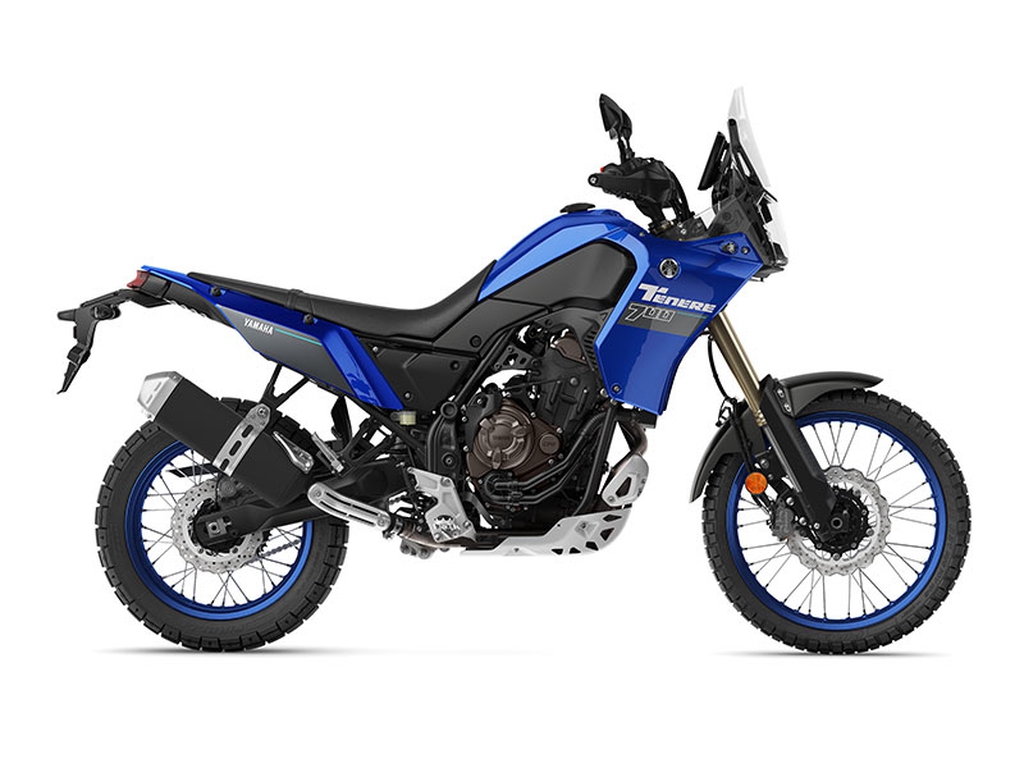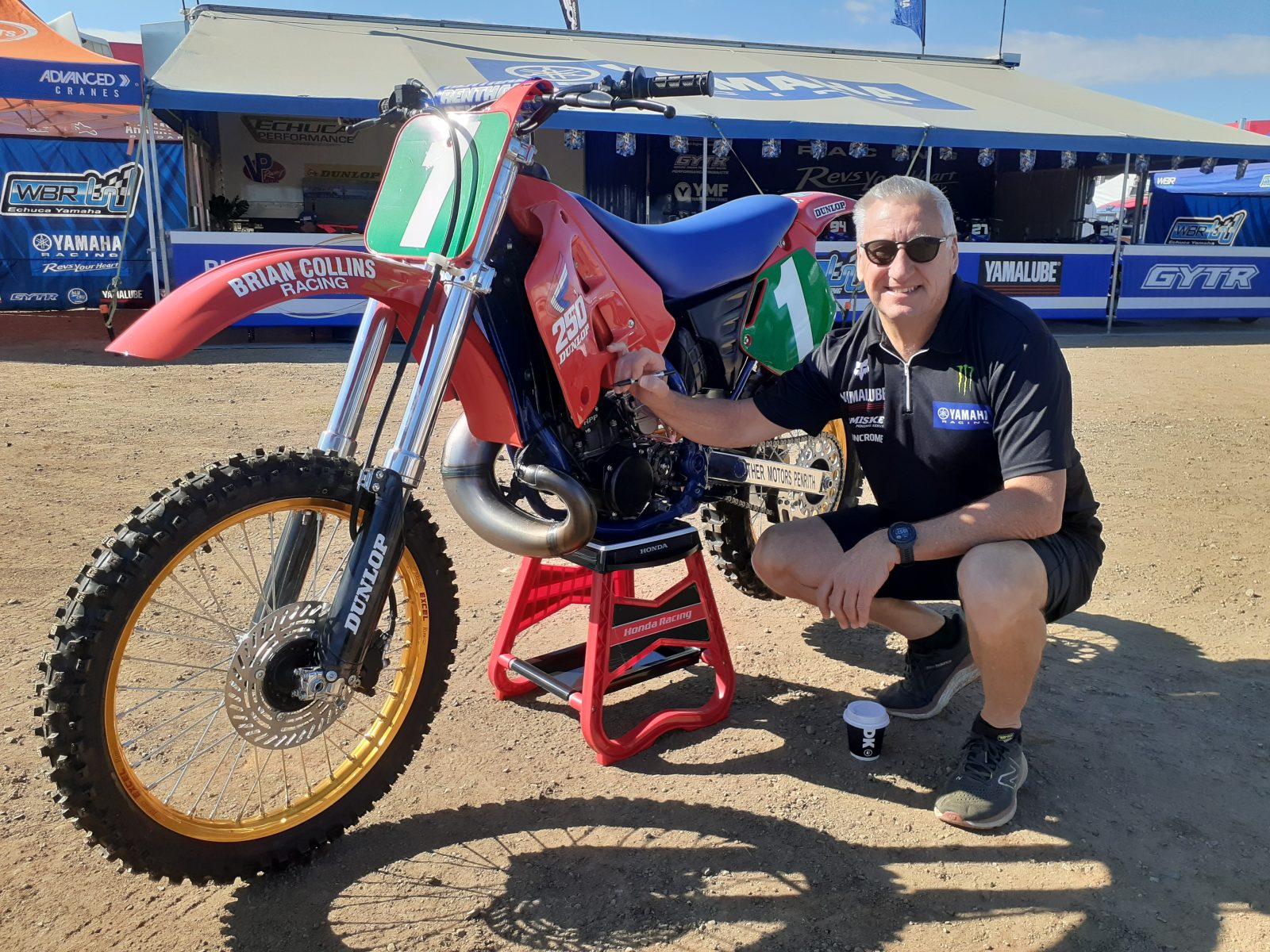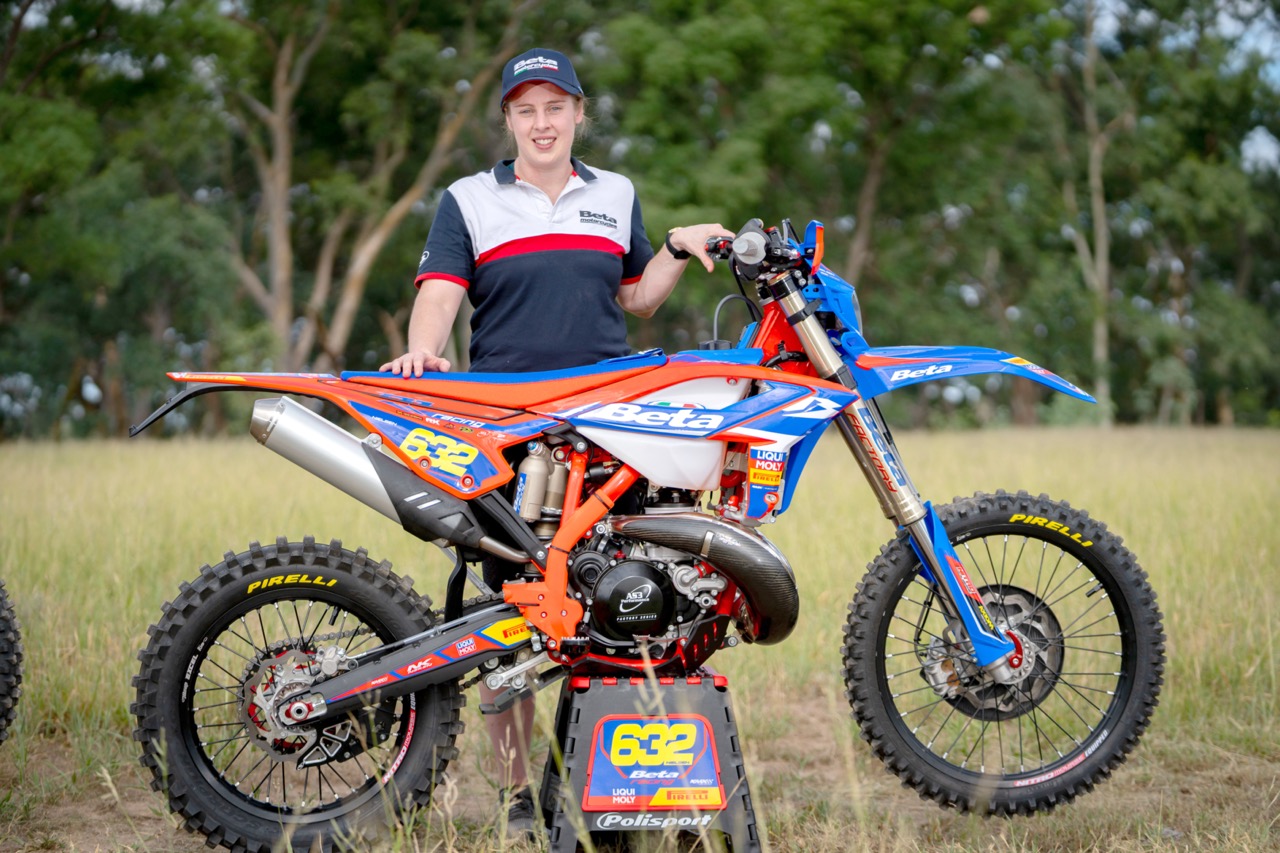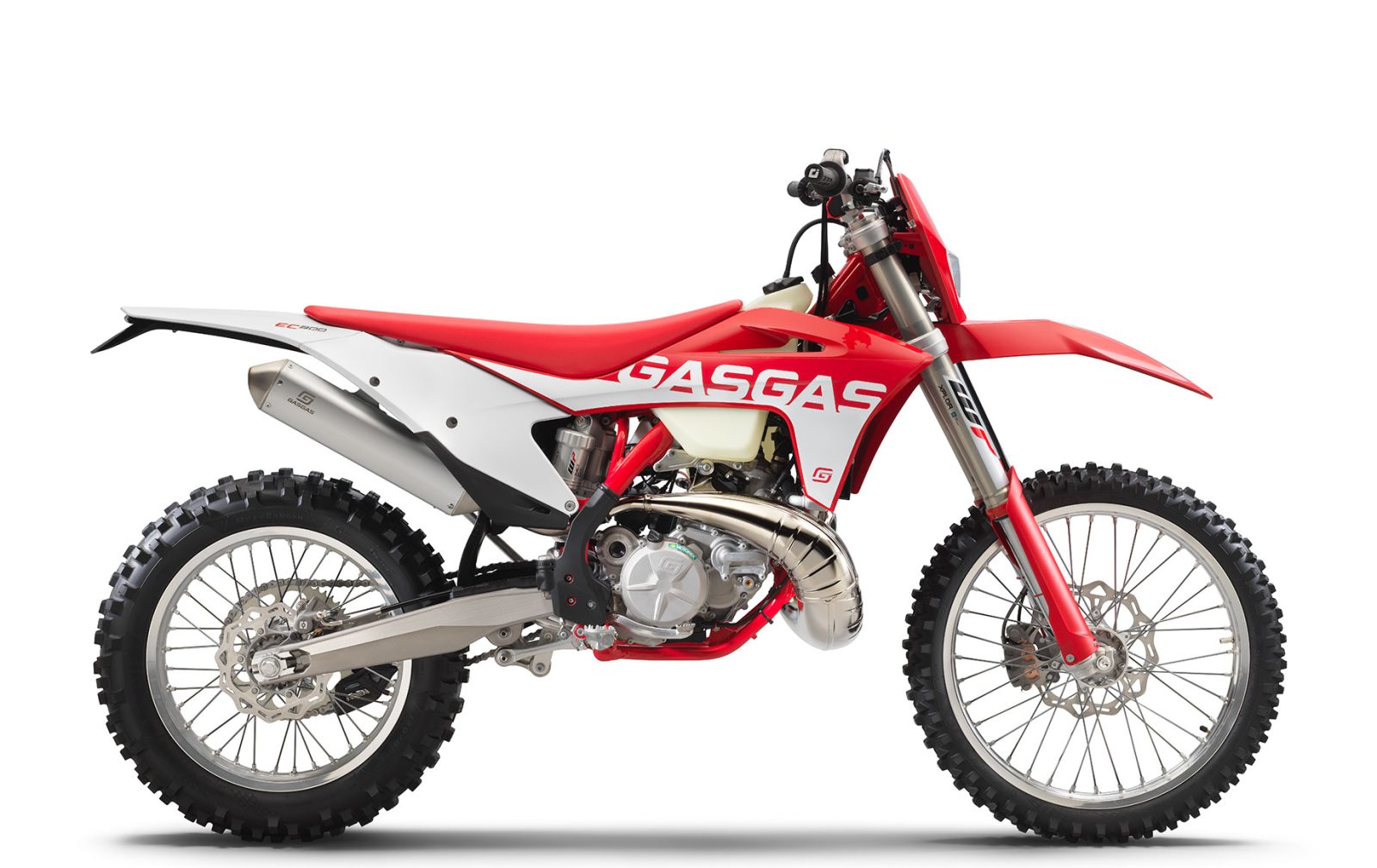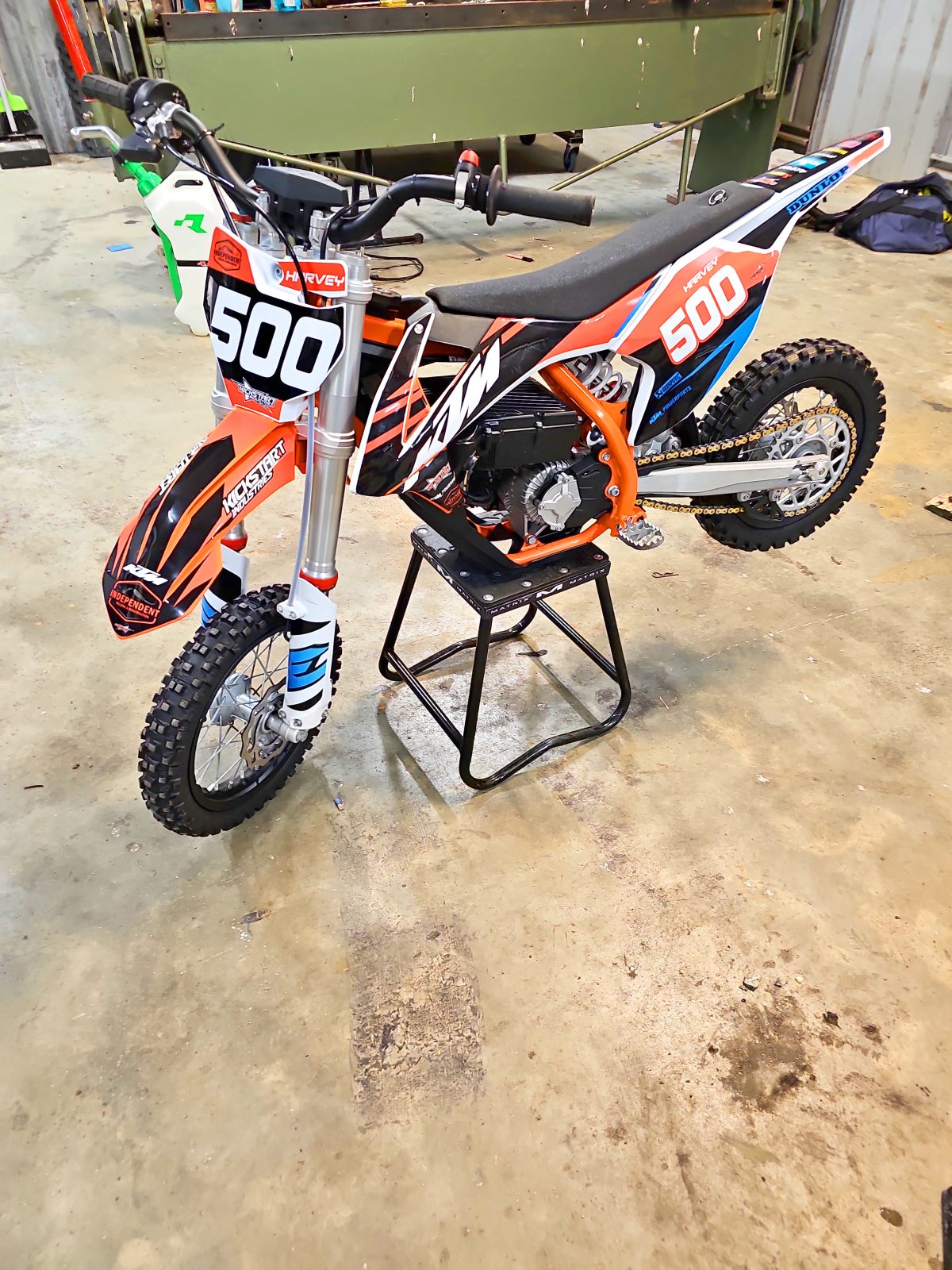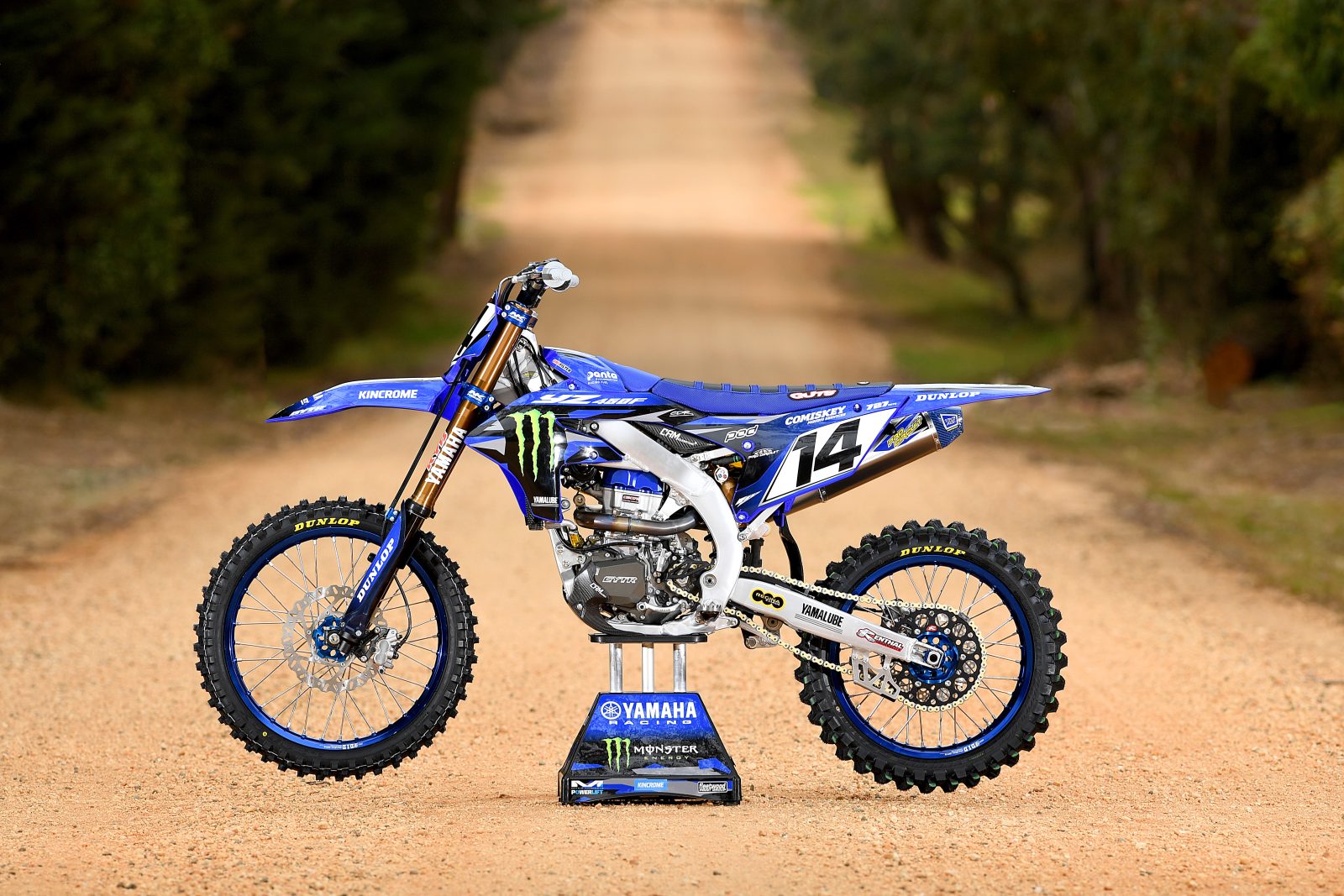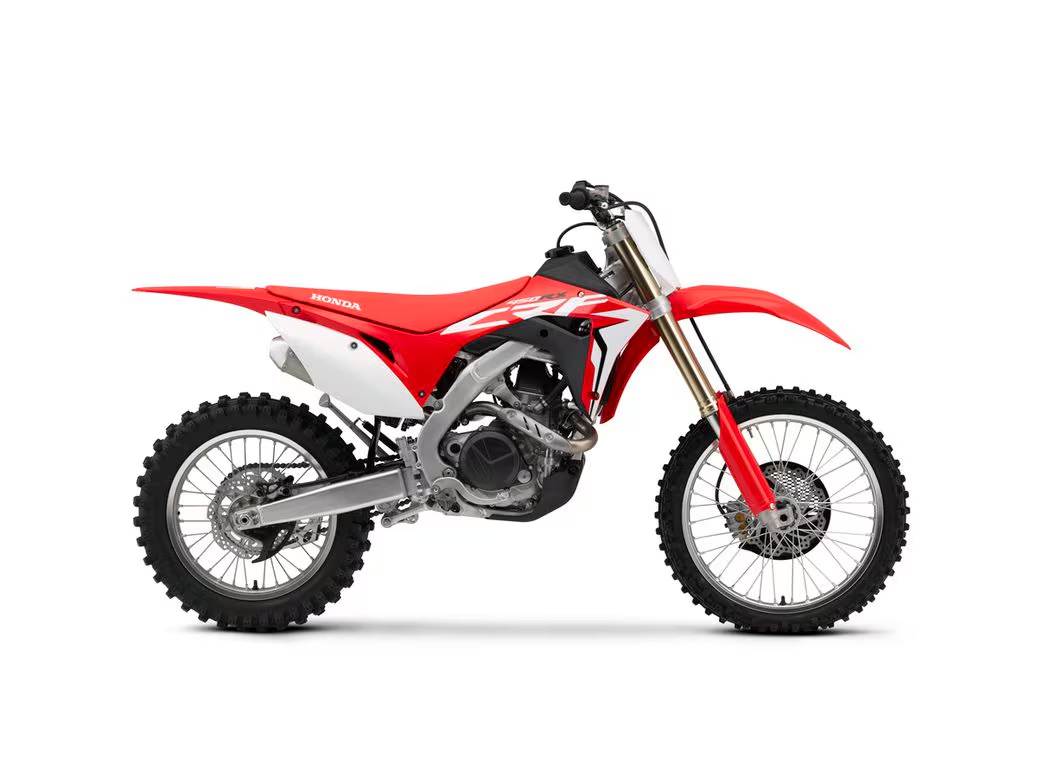The torquey motor, along with the adjustable chassis, make it the most tuneable bike in the class. The fuel injection features three mapping plugs, or couplers, which allow you to change the engine tuning.
This means you can either make the power more aggressive or less aggressive to suit your riding style and track conditions. The handlebar mounts have four positions to allow you to move the ’bar further forward or back and the footpegs have two positions, a high one for shorter riders and a lower position for tall riders.
While other brands have adjustable handlebar positions and mapping plugs, the KX-F is the only one that has adjustable ’pegs. The adjustable cockpit and engine mapping together with the easily adjustable air fork mean that the KX-F can be set up to suit any rider relatively quickly.
The 2012 model KX-F had the first-generation, closed-cartridge air fork with an inner hydraulic chamber and the outer filled with air. This fork was criticised for being too soft in the initial part of the stroke. If you increased the air pressure, it made the mid-stroke too harsh.
To satisfy the critics, Kawasaki changed to Showa’s Separate Function Triple Air Chamber (SFF-air TAC) fork for MY16. This fork has the damping chamber in the left leg while the right holds the air.
This fork has an internal compression chamber that can be pumped up to solve the soft feeling of the earlier fork and a balance chamber that acts against the compression chamber to help keep the fork smooth. It has been criticised for being too harsh and needs to be up to operating temperature before it starts to feel any good. This is because the piston inside the air chamber is quite large and is fitted with rubber seals that create a lot of friction.
Mechanically, the KX is a strong bike providing it has been looked after and regularly serviced. The biggest issues I have seen with the engine is from people fitting the oil filters backwards or over-tightening the camshaft bearing caps.
If the oil filter is fitted backwards it will restrict oil flow to the crank and camshaft, causing them to run dry until the engine seizes. If you have had the camshafts out of the engine always use a torque wrench on the cam caps and tighten them to specifications as over-tightening will cause the cams to seize, damaging them and the cylinder head.
The other common issue I see with the KX-F is leaking fork seals. The air pressure inside the fork causes the seals to leak much more often and if you use cheap seals then I would expect no more than a few weeks to a month before they leak again.
The only fork seals I recommend for air are the heavy-duty, double-lipped SKF fork seals. They are double the price of the cheapies but I have had them last 12 months under race conditions in air forks. By spending more, you will save hundreds in the long run.
Technical Editor Mat Boyd
PRICE GUIDE
NEW
2012 $11,999
2013 $11,999
2014 $11,999
2015 $10,999
SECOND HAND
2012 $5200 – $6200
2013 $5700 – $6800
2014 $6400 – $7600
2015 $7600 – $9000
NOTE: We don’t determine the market value, all prices are taken from www.redbook.com.au
MARKET EQUIVALENT
